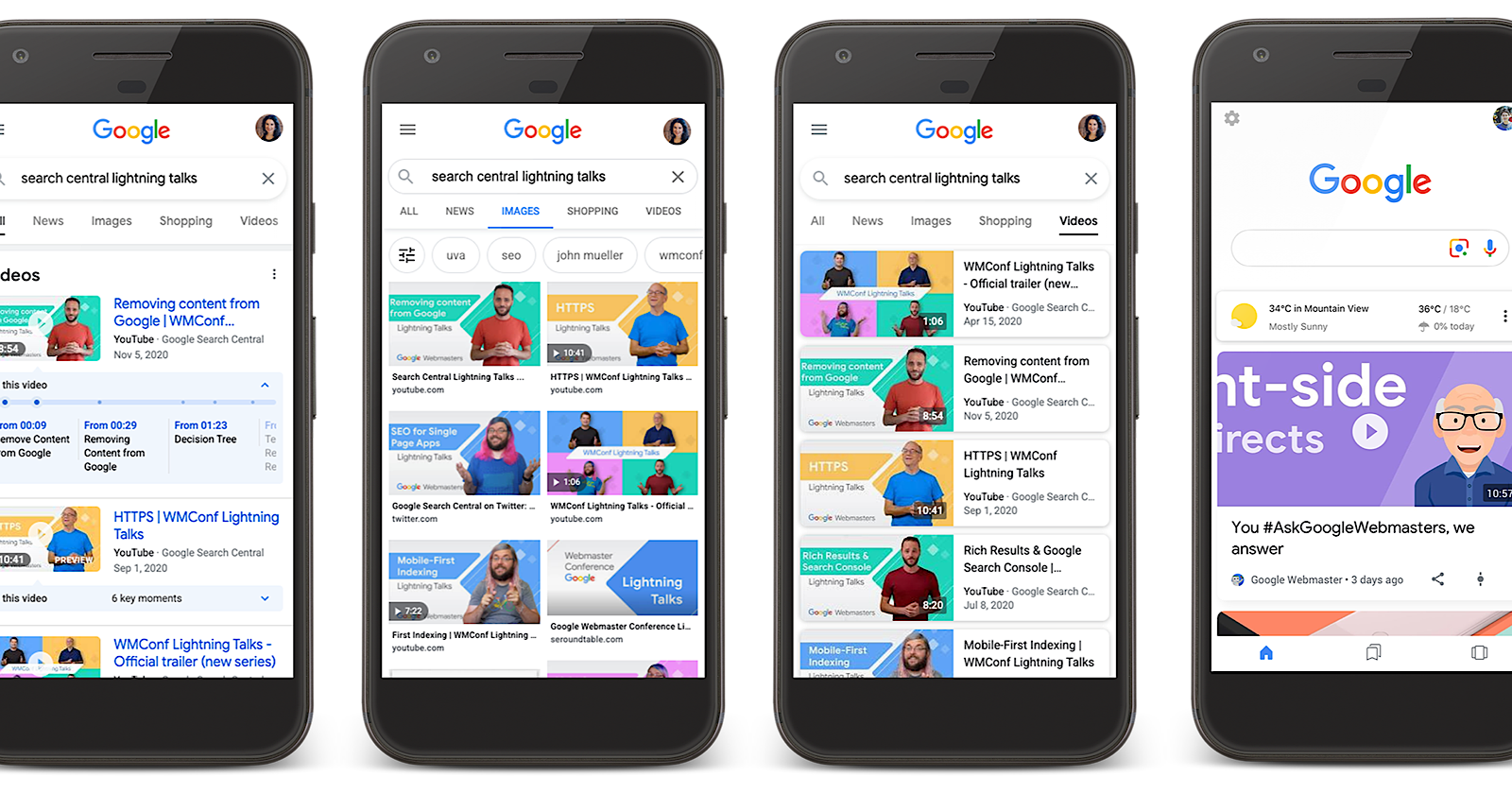Google recommends five best practices for site owners to follow when optimizing video content for search results.
This information is shared in the latest Lightning Talks video on the Google Search Central channel.
Google’s presentation on video SEO goes over how site owners can send signals to communicate what a video is about.
When Google can understand what a video is about it will know how to surface the video in Search and Discover.
Here’s a recap of Google’s advice.
Video SEO Signals Google Looks For
When Google crawls a page and identifies that it contains a video, it begins to look for signals to understand what the video is about. Those signals are what allow the video to get surfaced for relevant searches.
Google uses these signals to understand a video:
- On-page text: Such as page title, headings, and captions near the video.
- Referral links: Signals sent from other sites linking to the video.
- Structured data: Markup that communicates video metadata to Google.
- Video files: Google can the file itself to understand the audio and visual content.
Video SEO is about adding the right elements to a page so that the above signals are clearly communicated to Google.
Google’s Recommended Video SEO Best Practices
Google recommends these five best practices for getting found and understood by search crawlers.
1. Make Video Publicly Accessible
The first step to getting videos discovered by Google is making sure they’re available publicly on the web. That means the video should have a corresponding web page with a URL that Google can access.
A video also needs to be easily visible on a page without requiring complex user actions to load.
2. Use Structured Data
To help Google find videos and understand what they’re about, site owners can provide structured data using Schema.org VideoObject markup.
The markup can include information like the video tile, description, duration, thumbnail, video content file URLs, and more.
Additional structured data can be used to enable special search features, like the “LIVE” video badge for live streams.
3. Provide High Quality Thumbnails
Provide high-quality thumbnails for each video at URLs that Google can access.
If a thumbnail isn’t accessible to Google the page might not be able to appear in video features. For example, if the thumbnail URL is blocked with robots.txt then Google wouldn’t be able to access it.
4. Submit a Video Sitemap
Video sitemaps are another way to help Google find video content associated with pages on your site.
A video sitemap can also include metadata tags to help Google understand what the videos are about.
5. Accessible Video Files
Make sure Google can fetch your video content files so your pages are eligible for search features like video previews and key moments.
Video previews are a feature in search results where Google grabs a few seconds from a video to use as a clip, which can be more engaging than a static thumbnail.
You can use the max-video-preview robots meta tag to control the length of these previews.
When Google can analyze the content of videos using the file itself it can surface them for more relevant queries.
For more on video SEO best practices, see Google’s full presentation below:





